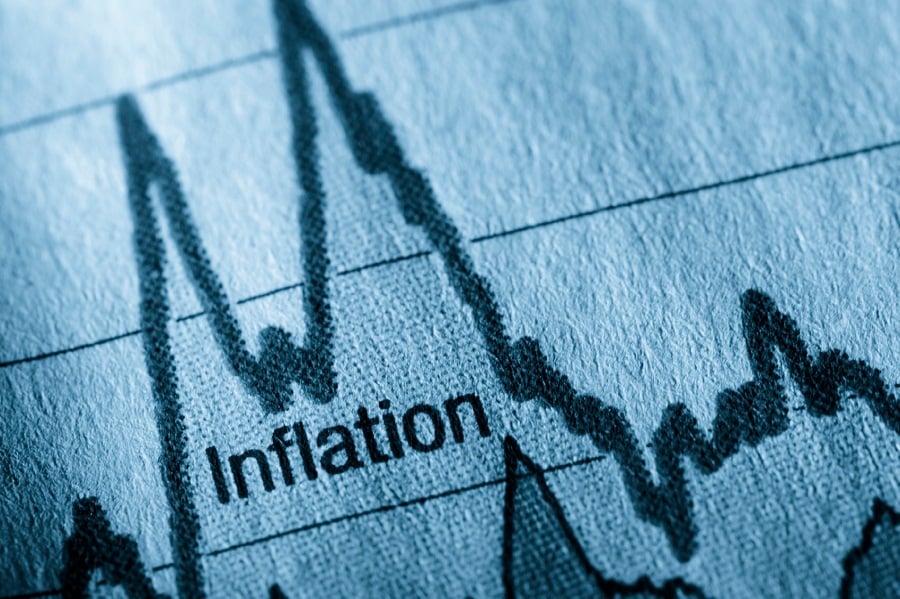The bond market thinks that inflation is dead, but some analysts are starting to disagree.
The bond market reflects the consensus outlook for lackluster inflation and growth: The bellwether 10-year Treasury note currently yields 1.75%, a level that reflects more worry about falling prices than rising ones. Consequently, the
Fed is beginning to mull a negative-interest-rate monetary policy as a way to ignite inflation.
More importantly, the implied inflation rate on 10-year Treasury inflation-protected securities, or TIPS, is just 1.24%, according to the Federal Reserve Bank of St. Louis.
That's the lowest level since the 2008 financial crisis, according to James Paulson, chief investment strategist and economist for Wells Capital Management. (To put that in perspective, the 2008 low was 0.24 percentage points). “Clearly, due primarily to the collapse in
oil and other commodity prices in the last 18 months, market participants perceive very low inflation risk,” Mr. Paulson wrote to clients in a Feb. 19 memo.
But the bond market's view isn't entirely confirmed by current statistics. The Consumer Price Index, the government's main gauge of inflation, was up 2.4% the 12 months ended January, excluding volatile food and energy prices. That's the highest since 2012.
The Fed's favorite measure of inflation, the personal consumption expenditure price index, rose 1.4% without food and energy in December, the latest figures available. Assuming core PCE rises in synch with core CPI, the key inflation indicator would be 1.7%, close to the Fed's stated target of 2%.
One other factor to consider: The U.S. annual wage inflation rate has finally started to gain traction, rising to 2.5% at the end of 2015 from less than 2% during most of the past six years. You can't have a wage-price spiral without rising wages, and
as the labor market tightens, wages are likely to rise.
Goldman Sachs economists Sven Jari Stehn and Jan Hatzius argue that “In recent years, economic forecasters have been too optimistic about GDP growth but too pessimistic about employment across many advanced economies.” As a result, they say, the notion that the U.S. is in a period of secular stagnation and permanently depressed interest rates could be mistaken.
Mr. Paulson suggests that if the bond market is underestimating wage and employment trends, then TIPS might be a good buy at current levels. TIPS are tied to the headline CPI, which includes oil prices. That could be a bonus or a detriment, depending on your outlook for energy.
And, of course, there's always the possibility that the bond market is right and economists are wrong. It's been known to happen.







